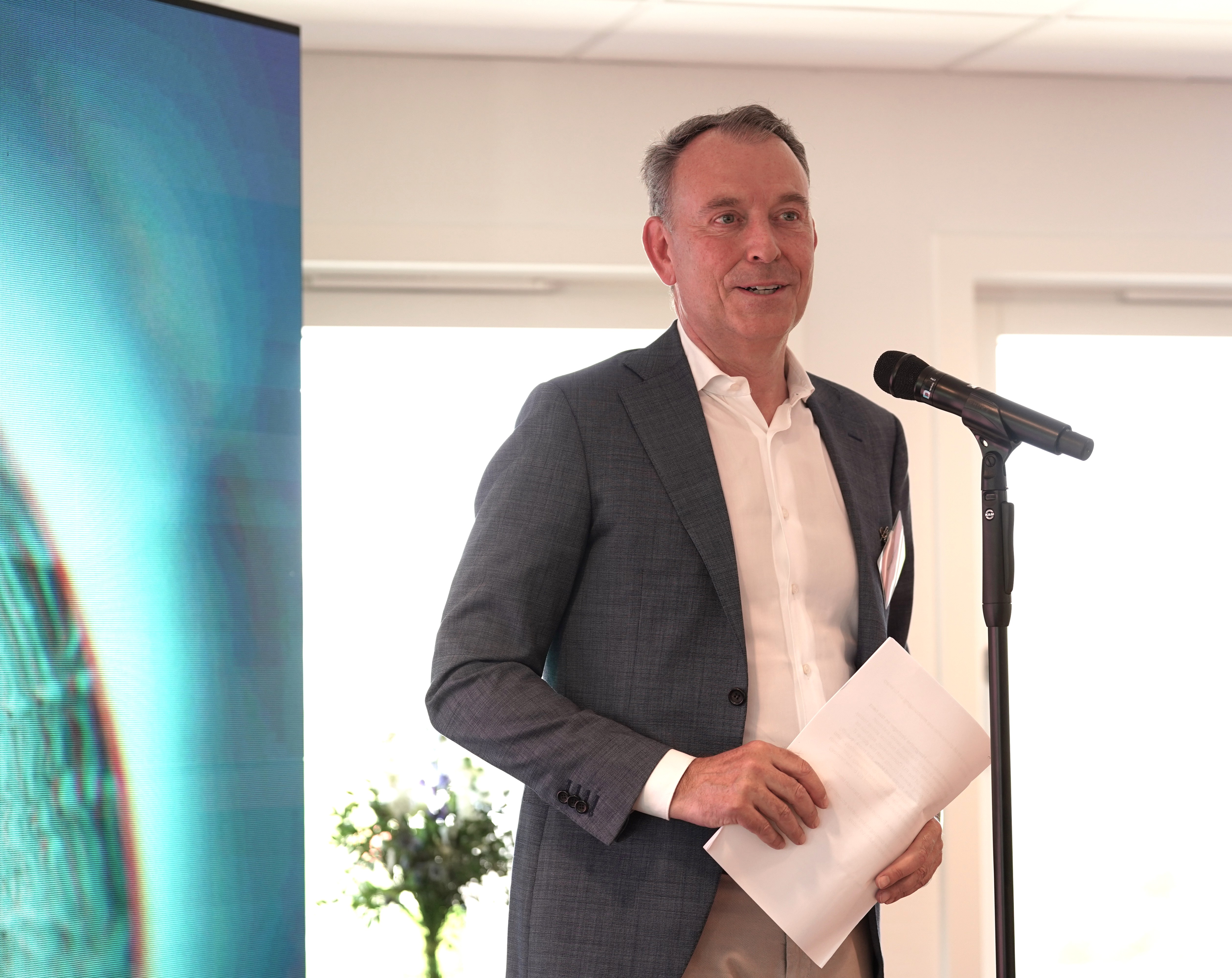The Other Silicon Valley: Shenzhen Institutes of Advanced Technology, Chinese Academy Of Sciences
It’s no news that China is one of the fastest growing countries in the world. Research published in 2015 by McKinsey Global suggests that if China wants to realize a GDP growth of 5.5 to 5.6 percent a year over the coming decade, China will have to generate an annual GDP growth of two to three points through innovation. How are they ensuring they reach this tremendous goal? Arguably one of their best bets is in Shenzhen, China’s first Special Economic Zone (SEZ), and the Shenzhen Institutes of Advanced Technology (SIAT) that the city contains.In 1980, the market town of Sham Chu Hui sported around 30,000 inhabitants and a modest business standing. Fast forward to 2016 and you will find Shenzhen, a 15 million people megalopolis with its sight in overcoming Silicon Valley when it comes to hardware startups – and it’s willing to pay you almost a million dollars if you can come and help. Shenzhen’s status as SEZ allowed it to receive foreign investment that enabled it to develop massively over the last thirty years, both in manufacturing and in technological innovation in general.The Shenzhen Institutes of Advanced Technology was established in 2006 as part of the Chinese Academy of Sciences and it comprises five main institutes: Shenzhen Advanced Integration Technology (SIIT), Biomedical and Health Engineering (IBHE), Advanced Computing and Digital Engineering (IACDE), Brain Cognition and Brain Disorders (IBCBD) and finally the Biomedicine and Biotechnology (IBB). In addition, it comprises the Guangzhou Institute of Advanced Technology, the National Engineering Laboratory of Biomedical Informatics and Healthcare, the Engineering Laboratory of High-density Integrated Circuit Packing Technology and other five key labs at the provincial level, plus 18 key labs at a municipal level.This powerhouse aims to be the triple threat of R&D ecosystems: enhance the innovative capacity of equipment manufacturing and service industries in the region, promote development of emerging industries and become a world-class industrial research institute.

Shenzhen Institutes of Advanced Technology, CAS
SIAT’s Institute of Biomedicine and Biotechnology houses the Center for Synthetic Biology Engineering Research, or CSynBER. It's wonderfully succinct motto, “Building life to understand it”, does a great job at representing what synthetic biology has set out to do. CSynBER was established in 2014 and in its short operational time it has grown to a diverse group of 5 principal researchers and more than 40 students and stuff. Their goal? The Center’s Director, Dr. Chenli Liu, summarizes it as “to build a world-class center for synthetic biology research”.
Dr. Chenli Liu’s research on the fields of synthetic biology and quantitative biology have garnered him multiple prizes such as the “1000 Young Scholar Plan”, “Guangdong Natural Science Foundation for Distinguished Young Scholars” and the “Hong Kong Young Scientist Award”. He discovered a new principle of biological pattern formation of spatiotemporal periodicity, engineered a synthetic magnetic bacterium for tumor targeting, revealed the molecular mechanisms of synthetic biological component interventions on mammalian cells, and has discovered and described a number of offshore oil degrading bacteria.CSynBER performs research and innovation in all topics related to synthetic biology, such as Bioimaging Minimal Genomes, Synthetic Cells, and even Synthetic Ecosystems. They are currently actively recruiting 5 faculty members, both at an associate and full professor level.Interested yet? Perhaps you should consider this: Shenzhen is currently offering 4.4 billion yuan (around U$675 million) in a bid to attract more academics and professionals capable of fueling the city’s growth. World-class scientists who have been engaged in nationally or internationally acclaimed research projects will be three offers: a one-off cash payment of 6 million yuan, a 10-year lease on a 200 square-meter apartment, and a 10 million yuan payment in cash and benefits made available after 10 years.Even students can profit from these benefits: One-off subsidies to move to the city ranging from 15,000 to 30,000 yuan will be offered according to their education degree and whether or not they land a job in Shenzhen.If you are enticed, SynBioBeta Activate! Shenzhen will be held on June 17th at the Shenzhen Institutes of Advanced Technology from 1 pm to 5 pm, with the presence of Dr. Chenli Liu. Pack your bags and go pay the newest Silicon Valley a visit!



.svg)









-min.png)


.gif)